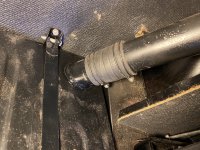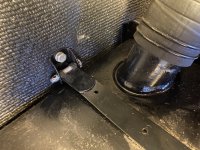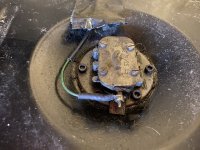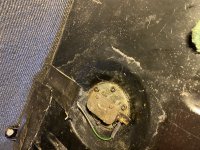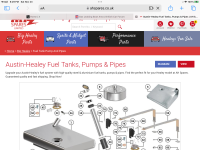Burkee
Senior Member
Offline
I pulled the carpet out of the boot and noticed an oily area around the base of filler neck and tank. Doesn’t smell like gas and has an oily feel to it. Would gas lose its smell, and gel over time? I wonder if it’s leaking from the rubber coupling? Bottom screw took about 4-5 turns. Planning to replace sending unit. Gauge does not register correctly. Looked like there was seepage in the area around the unit. I filled the tank last week for the first time and have not driven it much since.

 Hi Guest!
Hi Guest!

 smilie in place of the real @
smilie in place of the real @
 Pretty Please - add it to our Events forum(s) and add to the calendar! >>
Pretty Please - add it to our Events forum(s) and add to the calendar! >> 
